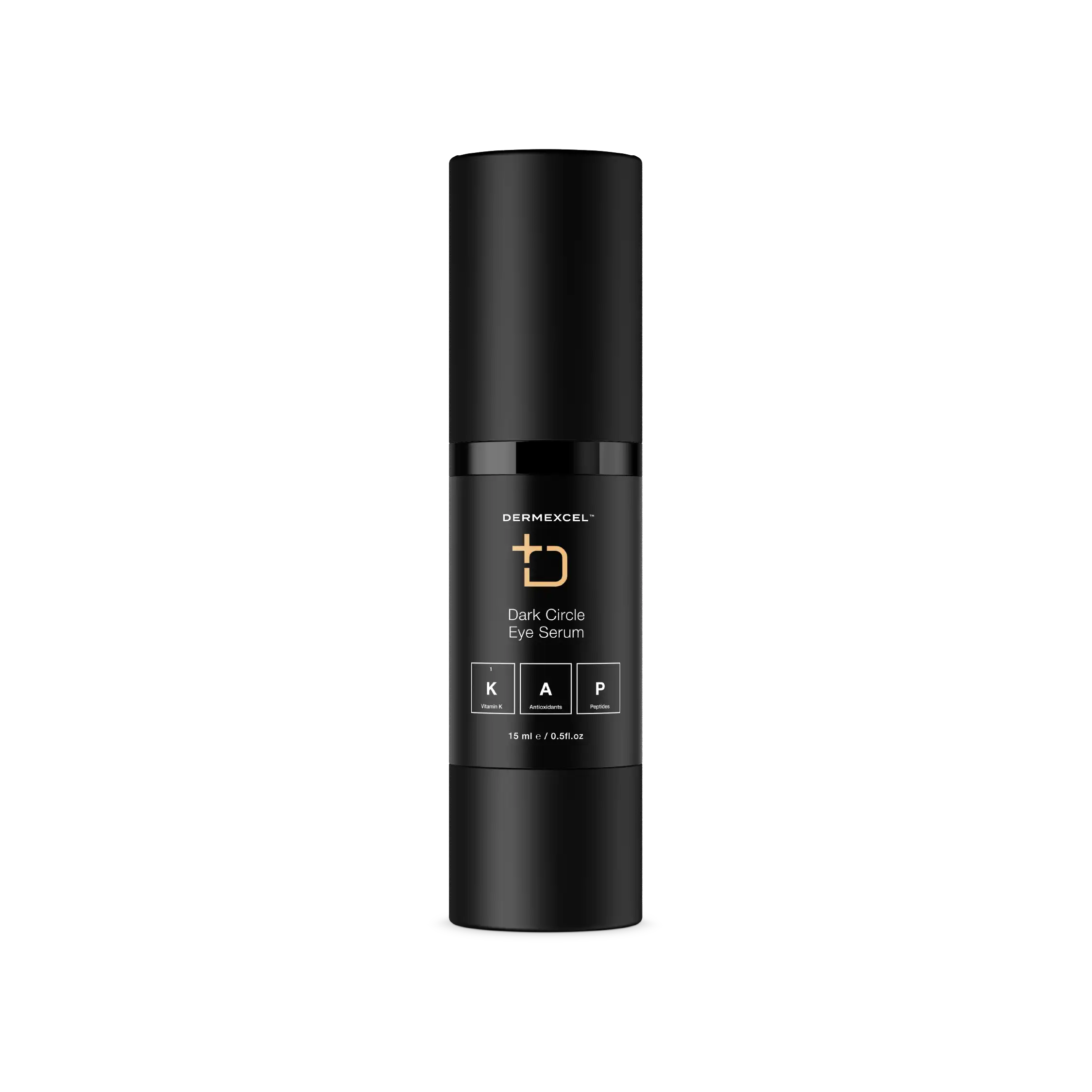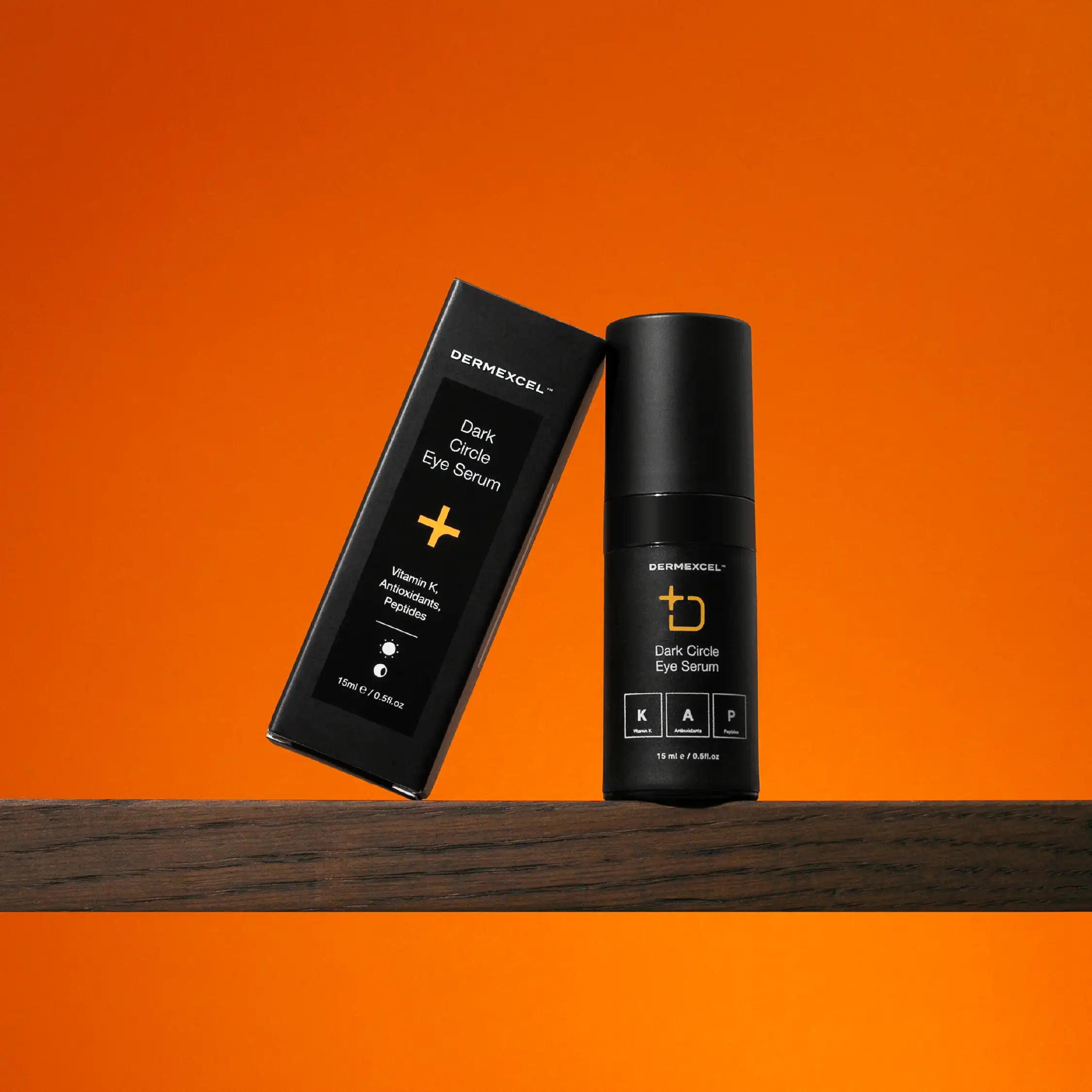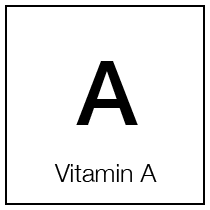Aqua, Propylene Glycol, Cetyl Alcohol & Glyceryl Stearate & PEG-75 Stearate & Ceteth-20 & Steareth-20, Aqua & Glycerin & Caprylyl/Capryl Glucoside & Pfaffia Paniculata Root Extract & Ptychopetalum Olacoides Bark/Stem Extract & Lilium Candidum Flower Extract, Cetostearyl alcohol, Paraffinum liquidum, Phylloquinone, Phenoxyethanol & Ethylhexylglycerin, Dimethyl Isosorbide & Hydroxypinacolone Retinoate, Tocopherol.
Dark Circle Eye Serum
product benefits
decrease eye bags
Reduce Lines & Wrinkles
Rejuvenates and Revitalizes
Diminish Dark Circles
Firms and Tightens
Reduce inflammation and swelling
Indications for Dark Circle Eye Serum
Dry Eye Skin
Aging Eye Skin
Puffy Eyes
dark circle eye serum
mode of action
aging eyes
the anatomical changes

| The main causes for dark circles |
|---|
| Preventing dark circles |
|---|
| The main causes for dark circles | Preventing dark circles |
|---|---|
Signs and symptoms
aging eye skin




mode of action
treatment action on anatomical changes

anti-inflammatory

increase lipolysis

stimulate collagen
Testimonials






















